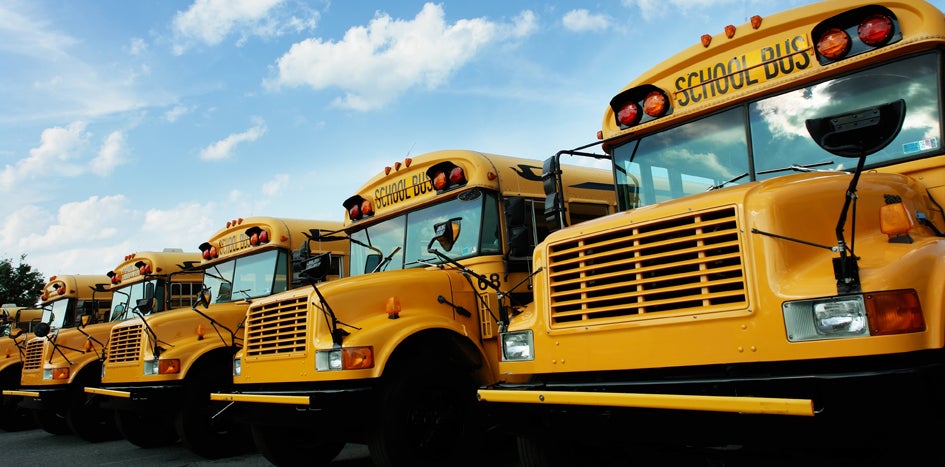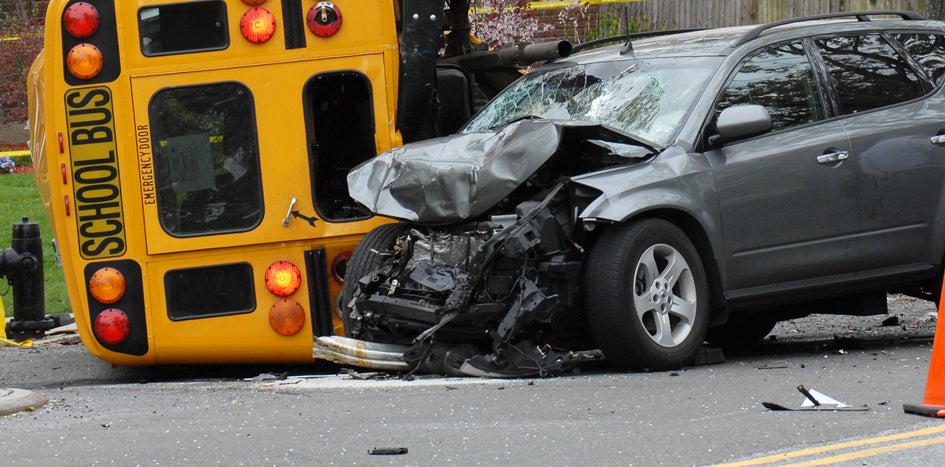Measure What Matters: Leading Indicators That Drive Improvement
Risk management programs thrive on constant evaluation and improvement. If your employees suffered fewer injuries this quarter than last quarter, you’d probably count the decrease as a sign of progress. Even better if your claims costs fell.
You can make meaningful improvements to your risk management program, even without additional resources, by evaluating and applying the data you already have. Claim frequency and cost are called lagging indicators because they look back on past performance. To drive sustainable improvement, schools must also look forward through the lens of leading indicators.
Leading Indicators Every Schools Should Track
Leading indicators are proactive measures that give leadership insight into future performance. Here are examples of common leading indicators. The targets associated with each indicator are also examples. Your risk solutions consultant can help you zero in leading indicators and targets that make sense for your organization.
Workplace Safety Leading Indicators
Safe workplaces depend on employee buy-in, clear communication, and accountability.
Indicator: Staff Training
Ensuring that all employees complete required risk management training is critical.
Target: 100% of staff complete required safety and risk management training within the first 30 school days of the academic year.
Indicator: Incident Reporting
A high incident reporting rate may indicate a proactive safety culture, while a low rate could suggest underreporting or lack of awareness.
Target: Increase the number of reported incidents (including near misses) by 10% over the previous school year.
Indicator: Safety Meeting Participation
Participation means more than simply attending safety meetings. Examples include asking questions, sharing experiences, and contributing to the discussion.
Target: Increase employee participation in safety meetings by 5% over last school year.
Indicator: Safety Culture Surveys
Surveys gauge employees’ perceptions of safety in their workplace.
Target: Improve average scores around trust, communication, and responsiveness by 10%. over last year’s survey. Share action plans within 3 months of survey closure.
Transportation Leading Indicators
Safe driving and vehicle upkeep reduce accident risk.
Indicator: Driver Training
Behaviors such as speeding cause 94% of traffic crashes, according to a National Highway Traffic Safety Administration study.
Target: Provide refresher training every 6 months for drivers of white-fleet district vehicles. Additional training within 5 school days of a near miss or unsafe behavior.
Note: This leading indicator applies to white-fleet drivers. Bus driver training is mandated by law.
Indicator: Near-Misses
Near misses expose hazards and unsafe behaviors before they cause injuries.
Target: Report all near-misses within 1 school day. Supervisor reviews reports weekly and initiates action within 5 school days.
Related: 3 Benefits of Documenting Near Misses
Indicator: Scheduled Maintenance
Tire rotations, brake checks, and other routine maintenance keep vehicles road-ready and safe.
Target: Achieve 95% on-time completion for all fleet vehicles.
Property Leading Indicators
Facilities and equipment need consistent attention to avoid costly damage.
Indicator: Boiler & Other Pressure Vessel Inspections
Preparing for state-mandated boiler inspections prevents delays, reduces risk, and ensures compliance with safety regulations.
Target: Confirm inspection readiness at least 5 school days in advance. Update log weekly to track operating levels and identify early signs of malfunction.
Indicator: Roof Inspections
Roofs are among every district’s biggest investments. Inspections and maintenance extend their lifecycles and save money.
Target: Inspect all roofs at least twice per school year: once before spring storms and again before winter weather. Document findings within 3 school days; prioritize repairs within 5 school days.
Pro tip: The Fund recommends members also inspect roofs after severe weather and facility construction. Everyone who inspects roofs should be trained to do the job safely.
Indicator: Maintenance Work Orders
Broken stair rungs, leaky roofs, and other damage can cause workplace injuries and secondary issues like mold, rodent infestations, and costly repairs.
Target: Assign within 1 school day. Complete within 5 school days. Verify resolution within 2 school days.
Measure What Matters
Lagging indicators show where you've been. Leading indicators show where you're headed. Together, they paint a wholistic picture of your district’s risk management initiatives. When schools measure what matters, they don’t just respond to risk. They stay ahead of it.
You May Also Like…
View All Related Insights
The Basics of School Fleet Management
Your community relies on your district's vehicles, so take care of your buses, trucks, and cars with these fleet management basics.

Protect Your Fleet With a Preventative Maintenance Plan
If you want to protect your vehicles and their passengers, you need an effective preventative maintenance plan.

How To Manage and Mitigate Your Burn Risks
From bustling kitchens to science labs to maintenance and transportation shops, there are plenty of opportunities for burns to occur at your school or community college.

The Importance of a Thorough Accident Investigation
Conduct accident investigations to uncover the root causes of workplace injuries, correct them, and reduce the risk of similar injuries.
